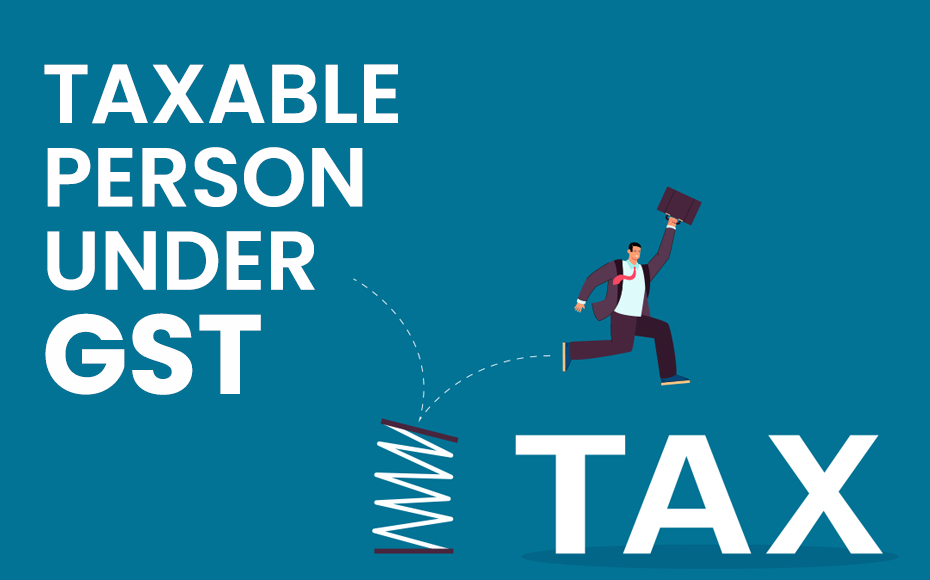

March 30, 2020

India is one country that has a tax system upholding the catchphrase “One Nation, One Tax”. GST has many sub-systems as per the taxes levied by the Central & State governments such as:
Through these various tax subsystems, the government levies taxes from the citizens. In this article, the briefing is restricted to Integrated Goods & Services Act (IGST) alone for the better understanding of our readers.
IGST is a subsystem of the GST regime. It is the tax levied on inter-state supply of goods and/or services that comes under the IGST Act. IGST applies to supply of goods and/or services imported to or exported from India. Under IGST, exports would be zero-rated and the taxes collected will be shared between Central and State Government.
As per the Article 246A(2) of the Constitution of India as amended with effect from 16/09/2016, Section 5(1) of IGST Act states “Integrated Goods & Services Tax (IGST) means tax levied under the IGST Act on the supply of any goods and/or services in the course of inter-State trade or commerce.”
If the location of a supply and place of supply are in different states or two different union territories or a state and a union territory, then that supply of goods and/or services is categorized as inter-State trade or commerce. This is in accordance with Section 7 of IGST Act.
ITC or cash are the main modes of IGST payment. If ITC is used for IGST payment, then an order needs to be followed as illustrated below:
Note: IGST liability outstanding if any should be paid in cash. This order/hierarchy is ensured to be followed by the GST system for IGST payment using credit.
The settlement of accounts between the Centre and the States happen in two categories:
States are directed to settle the amounts on cumulative basis based on the details inputted by all the dealers in the settlement period. The settlement of amount between CGST and IGST accounts is also similar to the above manner.
The supplies to SEZ units or Developer will be zero rated is similar to the method followed in physical exports. No tax payments are required for making supplies to SEZ by the suppliers. Also, suppliers can claim refunds of input taxes on such supplies.
The concept of ‘supply’ instead of ‘sales’ is a unique factor of the IGST system. Also the removal of difference between goods and services is a significant shift taken by GST and a remarkable one standing out from the usual procedures of the system.




